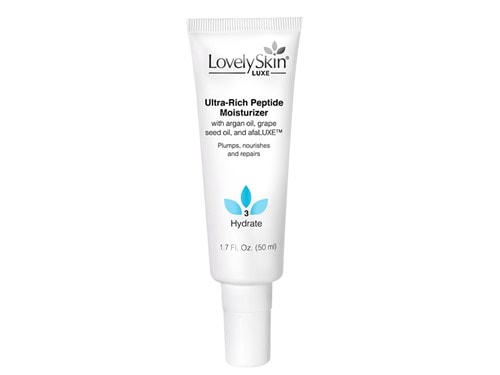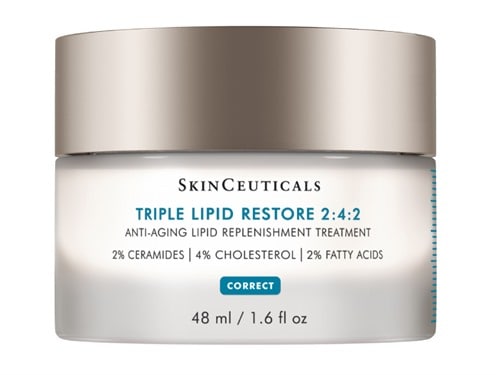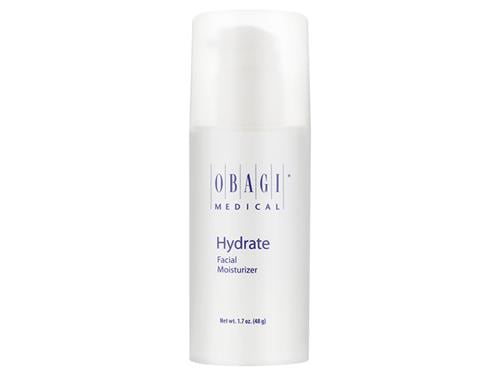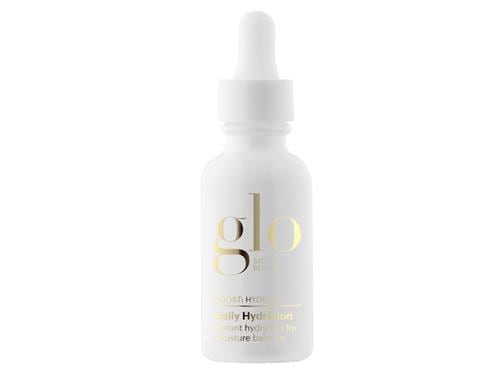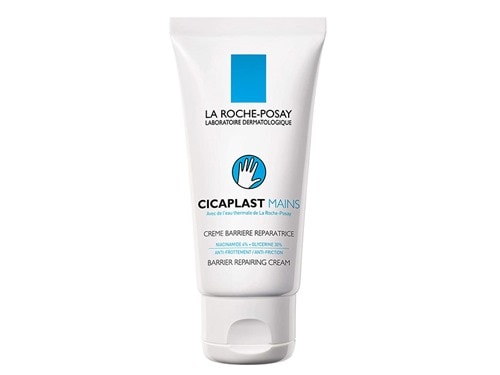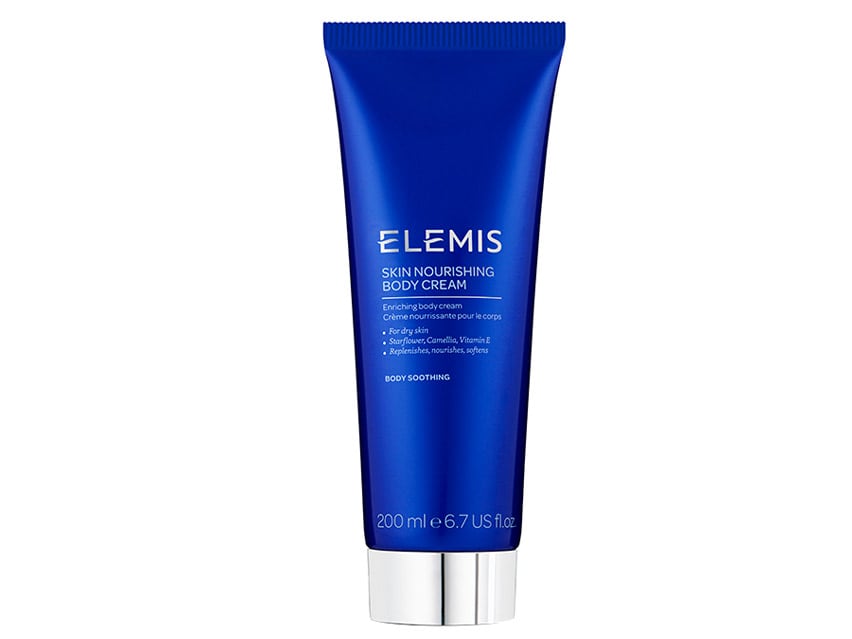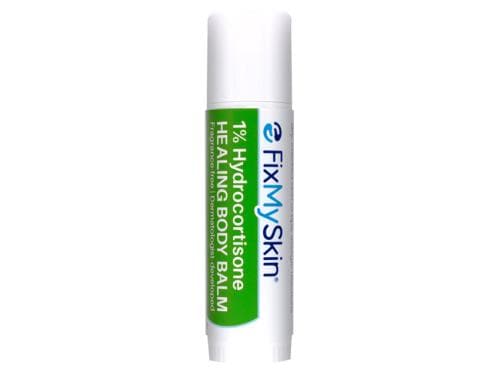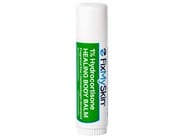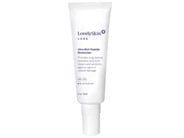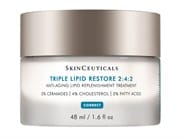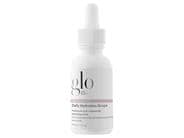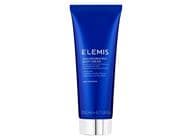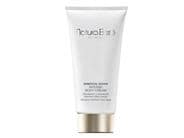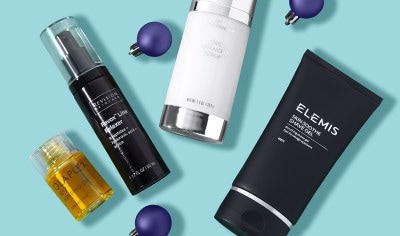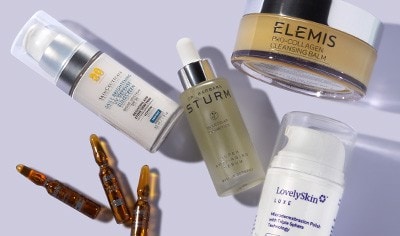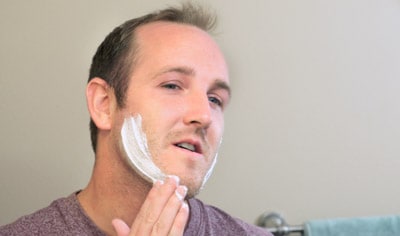
You may not have heard the term “transepidermal water loss” before but understanding it could be the key to keeping your skin feeling soft, smooth and supple. In this blog post, we’ll answer everything you need to know about this naturally occurring process, including:
- What is transepidermal water loss?
- What causes transepidermal water loss?
- How can I stop transepidermal water loss?
- What skin care products help reduce transepidermal water loss?
What Is Transepidermal Water Loss?
To understand transepidermal water loss, it helps to first understand the different layers of skin. Here’s a refresher. The epidermis is the top layer of skin, and below that is the dermis. The epidermis itself is made up of several layers, and the outermost layer is called the skin barrier. Still with us? Now, let’s talk about transepidermal water loss.
“Transepidermal water loss is what happens when water from the dermis passes through the epidermis and evaporates into the air,” says board-certified dermatologist and LovelySkin CEO, Dr. Joel Schlessinger.
Why Does Transepidermal Water Loss Happen?
Dermatologists use transepidermal water loss to assess the barrier function of skin.
“Transepidermal water loss is a natural process, and it’s actually how your skin regulates its own water content,” Dr. Schlessinger says.
If your skin is losing a lot of moisture (in scientific terms, experiencing a high rate of transepidermal water loss) it could also be a sign of skin barrier damage. In other words, the top layer of your epidermis is allowing too much moisture to escape, and skin that’s lacking moisture can feel tight, cracked and itchy. The environment around you can contribute to more or less transepidermal water loss too. For example, if you’re in an arid climate, the dry air can cause water to evaporate more quickly from your skin. In a more humid environment, the air’s higher moisture content will result in less water loss from your skin.
How Can I Stop Transepidermal Water Loss?
“Transepidermal water loss is not something you can stop or need to stop entirely, but when you're losing more water content from your skin than your body can replenish, you may need a little help,” Dr. Schlessinger says.
If you live in a climate with low humidity, one easy solution is using a humidifier at home. This can help reduce transepidermal moisture loss by increasing the amount of moisture in the air. Investing in the right skin care products for face and body can help reduce transepidermal water loss. When it comes to transepidermal water loss skin care, you’ll want to find products that both hydrate and moisturize your skin. Look for products that combine a humectant (which hydrates the skin by drawing water into cells) with an occlusive or emollient (which helps keep water in the skin by forming a barrier that prevents it from evaporating). Here are eight transepidermal water loss skin care recommendations from Dr. Schlessinger and the LovelySkin experts.
4 Products to Reduce Transepidermal Water Loss on the Face
1. LovelySkin LUXE Ultra-Rich Peptide Moisturizer
This nourishing moisturizer was formulated by Dr. Schlessinger to provide powerful hydration and help improve skin health with an all-star lineup of active ingredients. Some of these ingredients include pomegranate oil to help reduce inflammation, argan oil and shea butter to hold in moisture and peptides to support cellular damage repair. To learn more about this peptide moisturizer and its other ingredients, click here.
“With daily use of LovelySkin LUXE Ultra-Rich Peptide Moisturizer, you can expect to see softer, smoother skin texture and an improvement in visible signs of aging, such as fine lines,” Dr. Schlessinger says.
2. SkinCeuticals Triple Lipid Restore 2:4:2
With its luxuriously rich texture, this moisturizer helps restore fullness and radiance to aging dry skin through a new approach to lipid loss. The numerals in the name—2:4:2—correspond with the ratio of lipids that are the first proven ratio for anti-aging lipid correction that help restore your skin’s moisture barrier: 2% pure ceramides, 4% natural cholesterol and 2% omega fatty acids. It also contains vitamin E, which helps support the natural repair process of your skin cells.
3. Obagi Hydrate Facial Moisturizer
This long-lasting moisturizer uses a unique skin care technology called Hydromanil, a three-dimensional matrix of molecules that help skin hold in moisture and prevent water loss over the course of eight hours. It also contains a fleet of naturally moisturizing ingredients that won’t block pores, such as shea butter, mango butter and avocado oil, to help form a protective barrier on the skin by sealing in moisture. Read what LovelySkin customers have to say about this pick on the Obagi Hydrate Facial Moisturizer Reviews page.
Glo Skin Beauty Daily Hydration
For intense hydration in a feather-light formula, look no further than this daily hydration serum. It helps prevent transepidermal water loss by using hyaluronic acid, which works to help boost your skin’s moisture content by binding water in your cells. For best results, you can use it daily in the morning or evening and follow it up with your favorite moisturizer to help seal in that much-needed hydration.
4 Products to Reduce Transepidermal Water Loss on the Body
1. La Roche-Posay Cicaplast Hand Barrier Repairing Cream
If dry air or frequent handwashing leave your hands feeling dry and cracked, then this fragrance-free hand cream will be your new best friend. It works to revive dehydrated skin with the power of glycerin, locks in moisture with shea butter and helps soothe irritation with niacinamide and thermal spring water.
2. Elemis Skin Nourishing Body Cream
Dry, itchy skin is no match for this rich, soothing body cream. It is formulated with oat extract to help soothe irritated skin, milk protein to hydrate and a blend of luxurious emollients—camellia tea seed oil, shea butter, jojoba oil and macadamia seed oil—to soften your skin and help it maintain moisture throughout the day.
3. FixMySkin Healing Body Balm
When too much transepidermal water loss has left you with cracked skin or dry, irritated patches, this medicated balm will help put you on the path to healthy skin again. It combines 1% hydrocortisone with cocoa butter and shea butter to seal in moisture to help soothe flaky, dry skin and other common skin concerns. The stick formulation makes this balm easy to apply right where you need it, from cracked knuckles to dry elbows, knees or ankles.
4. Natura Bisse Essential Shock Intense Body Cream
For all-over moisture without a greasy feel, this body cream is formulated to quickly absorb into the skin leaving a silky finish. It features urea, a powerful hydrator that also serves as a gentle exfoliator to help you achieve softer, younger-looking skin. For best results, apply daily to help smooth and soften even the driest skin.
PRO TIP: If your skin is severely dry, you may need next-level repair in the form of a medical barrier cream. In our recent blog post, Dr. Schlessinger explains how barrier creams work and how to know whether or not your skin might benefit from using one.
What other skin care questions do you have for Dr. Schlessinger and the LovelySkin experts? Share them in the comments below.
Shop this blog
Celebrate Vitamin C Day With SkinCeutica...
How to Diminish Forehead Wrinkles
Follow us on social
Follow us on social networks and be one of the first to learn about sales, giveaways, and free samples

